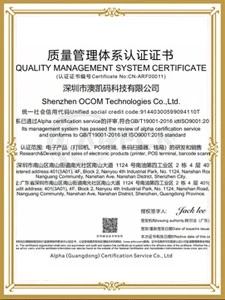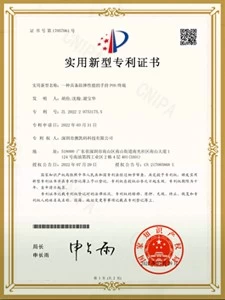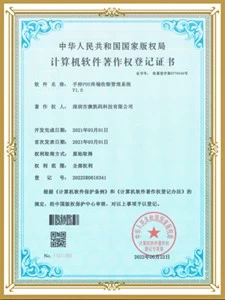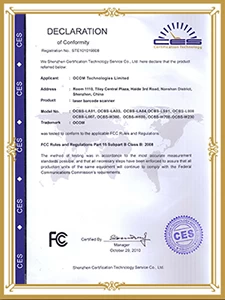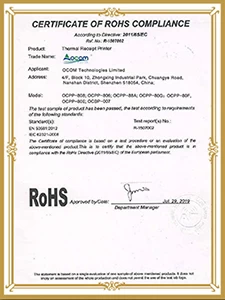The higher the frequency of the CPU, the better the performance?
CPU generally consists of three parts: logic operation unit, control unit and storage unit.
What do these parameters represent? please watch the following part:
main frequency
The clock frequency inside the CPU is the operating frequency of the CPU when it performs operations. Generally speaking, the higher the main frequency, the more instructions are completed in one clock cycle, and the faster the CPU operates. But not all CPUs with the same clock frequency perform the same due to different internal structures.
FSB
That is, the system bus, the frequency of data transmission between the CPU and peripheral devices, specifically the bus speed between the CPU and the chipset.
frequency doubling
Originally, there was no concept of frequency multiplication. The main frequency of the CPU and the speed of the system bus were the same, but the speed of the CPU was getting faster and faster, and the frequency multiplication technology was born. It can make the system bus work at a relatively low frequency, and the CPU speed can be infinitely increased by multiplying the frequency. Then the calculation method of CPU main frequency becomes: main frequency = FSB x multiplier. That is to say, the multiplier refers to the multiple of the difference between the CPU and the system bus. When the FSB remains unchanged, increasing the multiplier will increase the CPU frequency. Intel CPU with K version can be overclocked by adjusting the multiplier and voltage.
Cache
Most of the data information processed by the CPU is retrieved from the memory, but the operation speed of the CPU is much faster than that of the memory. For this reason, a memory is placed during this transmission process to store the data and instructions frequently used by the CPU. This increases the data transfer speed. It can be divided into first-level cache and second-level cache.
L1 cache
Namely L1 Cache. It is integrated in the CPU and is used for the temporary storage of data in the process of processing data by the CPU. Since the cached instructions and data work at the same frequency as the CPU, the larger the capacity of the L1 cache, the more information is stored, which can reduce the number of data exchanges between the CPU and the memory and improve the computing efficiency of the CPU. However, because the cache memory is composed of static RAM, the structure is more complicated, and the capacity of the L1-level cache cannot be made too large in the limited CPU chip area.
L2 cache
Namely L2 Cache. Due to the limitation of the capacity of the L1-level cache, in order to improve the operation speed of the CPU again, a high-speed memory, that is, a second-level cache, is placed outside the CPU. The main frequency of work is more flexible, it can be the same frequency as the CPU, or it can be different. When the CPU reads data, it first looks in L1, then L2, then the memory, and then the external memory. Therefore, the impact of L2 on the system cannot be ignored.
L3 cache
The L3 cache is designed for data that misses after reading the L2 cache. In a CPU with L3 cache, only about 5% of the data needs to be called from memory, which further improves the efficiency of the CPU. Its working principle is to use a faster storage device to keep a copy of the data read from the slow storage device and make a copy. When there is a need to read and write data from the slower storage body, the cache (cache) can make the read data. The action of writing is done on the fast device first, so that the response of the system will be faster.
TDP
The maximum power used by the CPU at full load.
manufacturing process
The manufacturing process of the CPU refers to the width of the connecting lines of the various components inside the CPU when the CPU is produced on silicon materials. In the past, it was generally expressed in microns, but now most of them are expressed in nanometers. The smaller the value, the more advanced the manufacturing process, and the higher the frequency that the CPU can achieve. , the lower the power consumption, the more transistors can be integrated. Intel's current manufacturing process is 14nm, and AMD's manufacturing process is 28nm.
To put it simply, for products on the same platform, the larger the main frequency and cache, the better, and the power consumption is proportional to the heat generation. Generally speaking, the higher the TDP of the CPU, the more expensive the radiator required.











